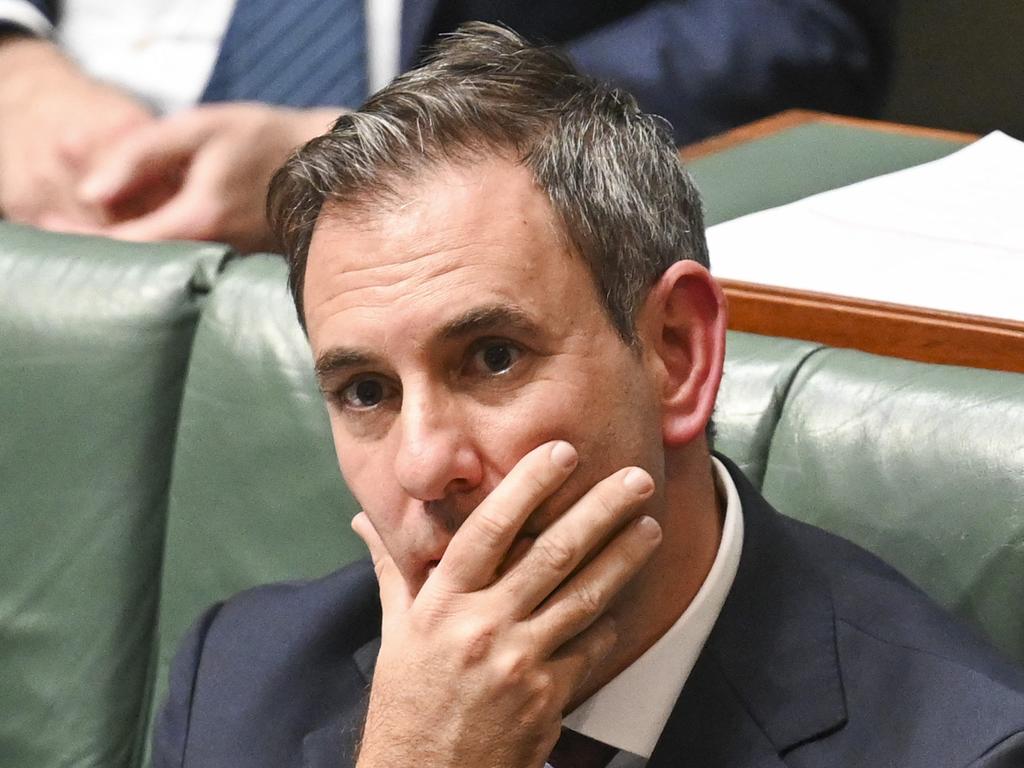Higher interest rates will lift costs and see less housing supply


In turn, this is delaying interest rate reductions and leading to speculation of rate rises.
The economic forecasting community is full of reasons as to why this has happened.
Australia’s largest apartment owner and developer Harry Triguboff phoned me over the weekend to repeat what he had forecast last year when the Reserve Bank began lifting interest rates. That higher interest rates in the current environment will not force inflation down to the RBA’s targets without a very severe recession.
Instead, higher interest rates would lift costs and trigger a cutting back of supply which would further exacerbate costs and limit inflation reductions.

Given Triguboff was in the apartment business, he was clearly biased, so his earlier forecasts were put aside. But they turned out to be basically correct, and we are seeing supply cutbacks in many areas, especially dwellings.
Residential building supply has been reduced to token levels, yet existing house prices are actually rising in many areas.
The housing supply side was hit not just by higher interest rates but also bank regulators who restricted bank lending to make it very hard for first home buyers to get into the market.
State governments and local councils harnessed their enormous bureaucratic structures (particularly in NSW) to constrain supply by making approvals extremely difficult.
Inflation curbing was put aside as the building industry became one of the best examples of a co-ordinated government thrust to lower supply which, in turn, pushed up existing house prices to the benefit of those public servants and politicians that owned dwellings.
Governments also thwarted the RBA’s inflation fight on other fronts, and most of the thrusts led to lower supply.
Governments are not greatly impacted by interest rates because they simply borrow the money to operate. In addition, they throw pay rises around like confetti so the cost of government services rise.
Government and other services that have limited competition or are regulated, including insurance, power, medicine and many others, pass on their costs and try and maintain margins.
In response, those in the private sector that can’t pass on the costs via direct price rises then reduce the quality and/or quantity of the goods and services they supply.
It’s a disguised price rise.
In the case of industries like restaurants and parts of retail, supply reduction it achieved by simply closing businesses down. Those who lose their jobs are usually able to find employment in government-related activities.
Banks do the same thing by closing down branches and transferring their routine banking activities to local post offices which perform the same tasks at a fraction of the cost to the banks.
These days, post offices are mainly parcel distributors and because they have 60 per cent of the market it’s a big task complicated by the influx of banking customer questions caused by closed branches.
Until recently, Australia Post has not been nearly strong enough in making it clear to the banks that unless they pay properly for the service, they won’t get it.
At this stage some of the banks think Australia Post is bluffing, but it is likely that once current agreements expire, banks that don’t buy a proper prices will be thrown out of the post offices
But the bottom line is there has been a big contraction of banking services which has helped banks at a time when their base housing and land businesses are under a lot of pressure. It’s another version of the Triguboff forecast.

To enable higher interest rates to cut inflation sharply, simplification of government regulations was required to encourage the continuation of supply.
Instead, of course, the governments moved the other way and increased regulation and spending. At the top of the federal government’s higher cost list is the industrial relations act which will now boost costs and lower productivity across the land in the months and years that follow August 26.
This tragedy happened partly because treasury and industrial relations public servants and ministers were not talking to each other and headed in different directions.
After August 26 and either before or after the 2025 election, there will be a 10 to 20 per cent rise in transport costs in many areas.
The cost of mining is going to rise sharply and as less flexibility is introduced into industry after industry there will be cost rises all around.
Without either a global or local recession, inflation is not going in fall in that environment via interest rates that stay near the current levels.
Nevertheless, there are some favourable government signs from the most surprising of places. The Victorian government has woken up to the fact that a combination of their own bureaucracies and local councils is playing a big role in stopping building supply and boosting costs.
But of course even if that government morass is cleared, the nation still needs to change the banking rules so that first home buyers can buy dwellings.
To its credit, the federal government is also moving in that direction, but it might take an election to restore supply, so it is likely to be part of the election debate.






In Australia, the US and many other parts of the world higher interest rates are not bringing down inflation at the rate that central banks and economic forecasters had anticipated.